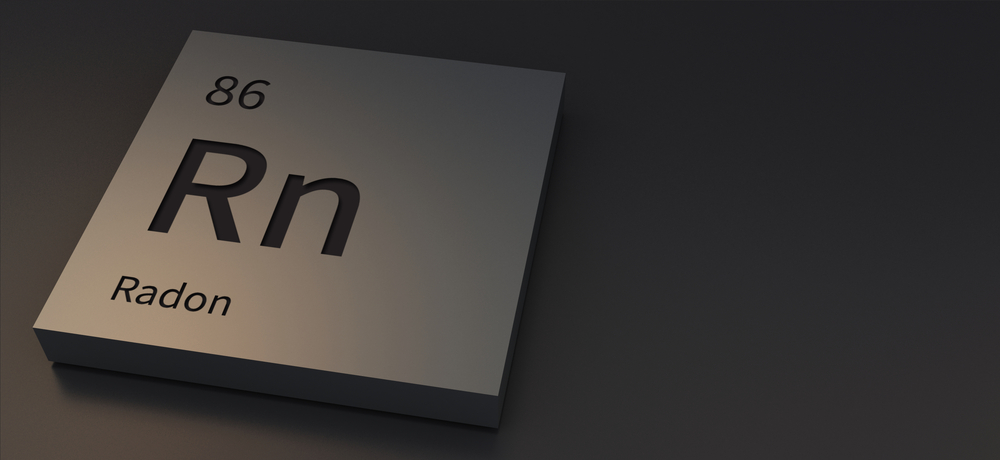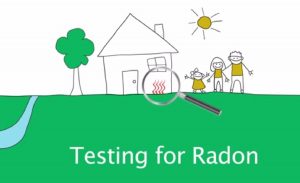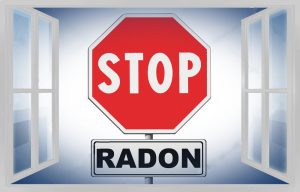Worried about radon levels in your home? Radon gas is a constant presence all around us. Because it is a naturally forming gas deep underground, we have no effective method of containing it. Therefore, no matter where you are, you are most likely breathing in small amounts of it.
However, you should also note that radon levels in the atmosphere don’t remain the same throughout the year. There are certain times and conditions that cause radon levels to fluctuate. Being aware of it can help you protect yourself and your family against its dangerous effects.
When are radon levels highest in a year?
Based on studies done so far, it has been determined that radon is highest during the winter months. This occurs as a result of both external conditions and human actions. Though it should also be noted that human intervention during the summer months can also lead to elevated radon levels.
Why are radon levels high during the winter months?
There are a few major reasons why radon levels increase during colder months.
1. The use of HVAC systems at home
During cold months, most households have systems installed to generate warmer air inside the home. This way the air inside the house is much warmer than the air outside. As you know, warm air tends to rise because it becomes less dense as it heats up. This temperature difference between the inside and outside creates a vacuum inside your home.
If you have installed a cold air return in the house, then the furnace will usually draw air from the outside. However, if you don’t have one, then the air will be drawn from the basement or crawl space under the house. Radon gas seeps upwards from underground, meaning that the highest concentrations of the gas start at the lower levels. With these systems running, the chance of pulling more radon gas into the home increases.
2. Snow and ice barriers
In the winter, snow and ice commonly cover up the ground all around us. What you don’t know is that this acts as a barrier to the ground, trapping the radon gas underground. This is true in the areas surrounding our homes, however, the same cannot be said for your basement or crawl space.
These areas are usually dug into the ground, providing no protection from the snowy barrier outside. With the radon gas being trapped, it will look for a release and will eventually find its way into these areas. As a result, radon levels tested during this time will be much higher than during other times of the year.
3. Closed-off homes
Once radon enters a home, one method of diluting the radon concentration is by opening up windows and doors around the house. This allows some of the radon gas to escape, effectively reducing radon levels. However, during the cold months, most of us don’t even think of opening a window because we don’t want the warm air to escape outdoors.
By keeping our homes completely sealed off we are keeping it snug and warm, but we are also unknowingly endangering ourselves. This along with the combination of an HVAC system raises radon concentrations to high levels.
How can radon levels be high during the summer?
While it is typically the winter months that increase radon levels, there are some instances where the same can happen in the summer.
- HVAC systems are not only used during the winter. It is conversely used to cool down our homes during the hot summer months. This has the same effect of creating a vacuum inside the house. You are effectively pulling in more radon gas from the lower levels when you use an HVAC system.
- Studies have also found that rain has a similar effect on radon gas as snow and ice. When it rains, it again creates a barrier that prevents radon from escaping from the soil. While this effect doesn’t last as long as a snowy barrier, radon will still look for an escape in the surrounding areas.
What other factors affect radon levels?
Wind and heavy storms can further affect radon levels. Light winds and rains will generally only have a mild effect. However, heavy storms can have a much greater effect due to changes in barometric pressure. Also, severe storms can loosen up the soil in the area. This makes it easier for the radon gas to escape from the ground.
But no matter what time of the year, you still need to protect yourself from the dangers of radon. Don’t wait until it’s too late, contact a radon mitigation company like Atlantic Radon to get your home inspected. They can determine from a professional perspective what radon mitigation measures you should use. Get a free inspection when you call Atlantic Radon today!




